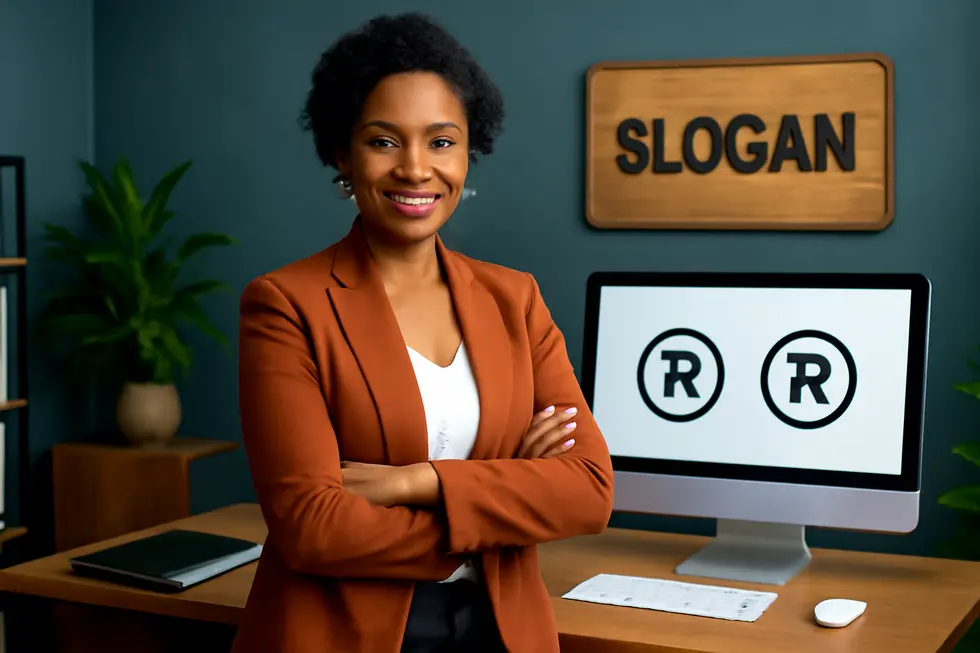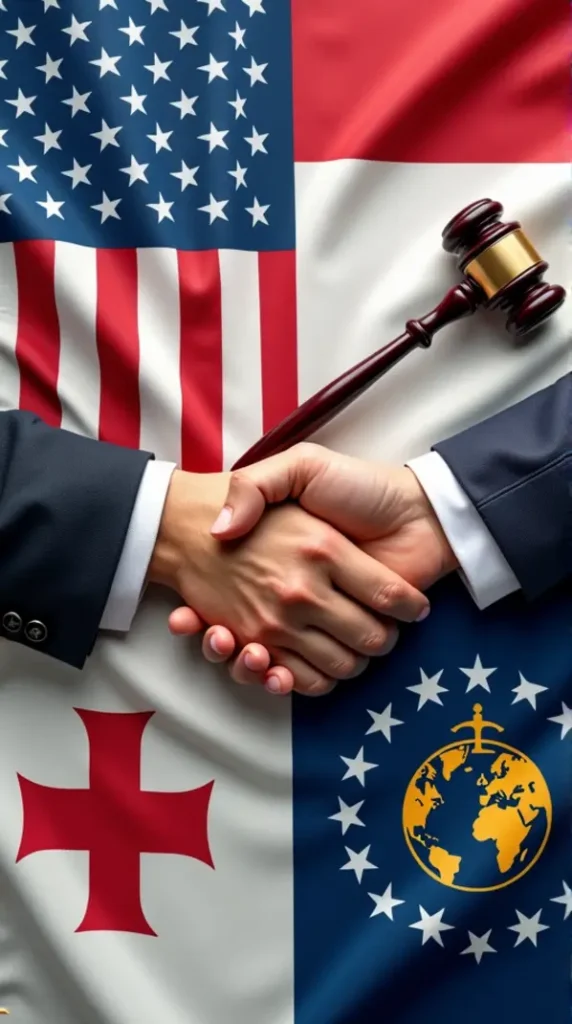Introduction
Short phrases and slogans carry immense power in branding but often confuse business owners when it comes to legal protection. Many assume copyright protects these key identifiers, but copyright law strictly limits its scope, excluding short expressions such as phrases or slogans. Understanding this distinction is vital for any business aiming to safeguard its brand identity. This guide clarifies why phrases and slogans cannot be copyrighted, explains the correct form of legal protection through trademarks, and outlines the step-by-step process to register a trademark. Each chapter is designed to empower business owners with actionable knowledge to secure and defend their brand effectively.
Tables of Contents
Chapter 1: Understanding Why You Cannot Copyright a Phrase or Slogan
- The Legal Principles Behind Why Short Phrases and Slogans Lack Copyright Protection
- Why Copyright Fails for Slogans and How Trademarks Secure Brand Identity
- The Legal Framework Differentiating Copyright and Trademark Protection for Phrases and Slogans
Chapter 2: Trademark as the Proper Legal Protection for a Phrase or Slogan
- Unlocking Trademark Eligibility: How Distinctiveness Defines Protection for Your Phrase or Slogan
- How Trademark Protection Maximizes Legal Rights and Business Value for Your Phrase or Slogan
- Navigating Trademark Registration: Key Steps and Considerations for Protecting Your Phrase or Slogan
Chapter 3: Essential Steps to Secure Trademark Protection for Your Phrase or Slogan
- Conducting a Thorough Trademark Search and Crafting a Robust Application
- Navigating Examination, Publication, and Opposition: Key Phases in Slogan Trademark Registration
- From Application to Enforcement: Completing Trademark Registration and Securing Your Slogan’s Legal Protection
Chapter 1: Understanding Why You Cannot Copyright a Phrase or Slogan
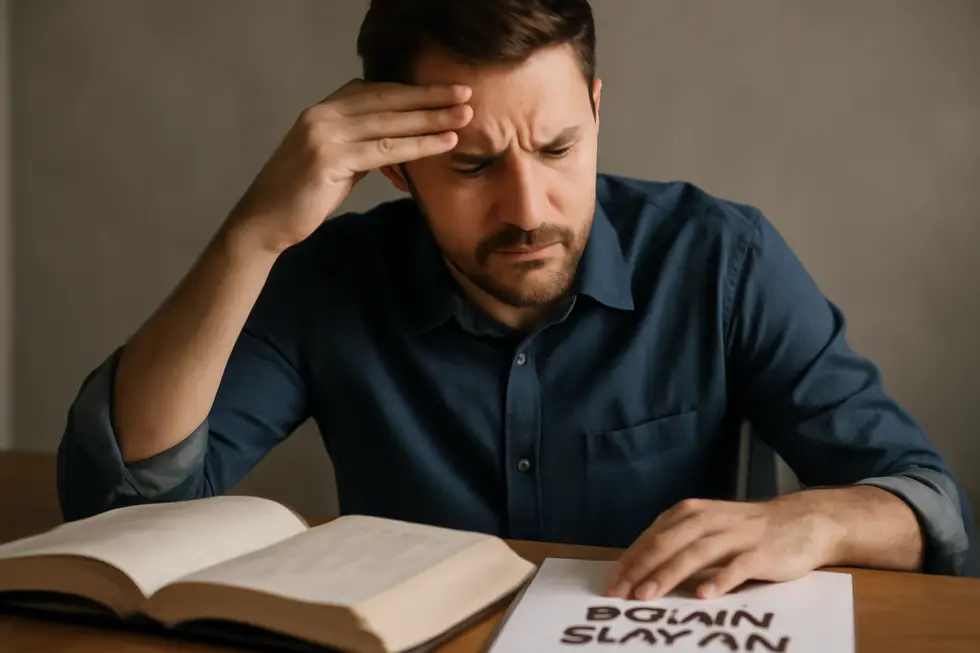
1. The Legal Principles Behind Why Short Phrases and Slogans Lack Copyright Protection
Copyright law is designed to protect original creative works fixed in a tangible medium, such as books, music, or artwork. However, short phrases and slogans do not qualify because they lack the necessary originality and creative authorship. These brief expressions are considered too minimal or functional to meet the threshold of copyright protection. For instance, common phrases, titles, names, and slogans are explicitly excluded since they do not reflect substantial literary or artistic creation.
This limitation is rooted in the nature of copyright itself, which aims to safeguard expressive content demonstrating enough creativity to merit exclusive rights. Courts have consistently drawn a clear line between copyrightable works and elements like slogans, emphasizing that short phrases are not original enough to be copyrighted. Instead, slogans serve a different legal role: they identify the source of goods or services in the marketplace, which falls under the domain of trademark law.
Trademark law protects brand identifiers—including names, logos, and slogans—that distinguish one company’s offerings from another’s. Unlike copyright, trademarks focus on commercial use and consumer recognition rather than artistic merit. This distinction preserves free use of common language while providing legal tools to protect specific phrases when used distinctively in commerce. The U.S. Copyright Office explicitly states that titles, short phrases, and slogans do not qualify for copyright protection because these elements provide minimal creative expression.
Understanding this legal framework clarifies why attempting to copyright a short phrase or slogan is ineffective. Instead, registering a trademark is the proper method to secure exclusive rights for brand-related language. For a deeper discussion on differences in protecting original ideas, see this comprehensive guide on protecting your original idea here.
2. Why Copyright Fails for Slogans and How Trademarks Secure Brand Identity
Copyright law specifically protects original works of authorship that are fixed in a tangible form, such as books, music, or paintings. However, this protection does not extend to short phrases, slogans, or names because they lack the necessary creativity and originality required by copyright standards. A slogan typically serves as a concise expression or catchphrase intended to promote or summarize a brand, but its brevity means it cannot be regarded as a creative work eligible for copyright. For instance, attempts to copyright a book title or a slogan are routinely rejected because these are considered too brief and commonplace to qualify as original works.
On the other hand, trademark law provides the proper framework to protect phrases and slogans used as identifying marks for goods or services. Trademarks guard brand elements that distinguish one business from another, including names, logos, and slogans, provided they meet distinctiveness criteria. A trademarked slogan functions as a symbol of commercial origin and helps consumers associate a phrase with a particular brand or product. Crucially, not all slogans qualify: generic or merely descriptive phrases that have not acquired secondary meaning usually cannot be trademarked. The process involves registering the slogan with relevant authorities, such as the United States Patent and Trademark Office (USPTO), which evaluates whether the trademark application meets these standards and avoids confusing similarities with existing marks.
This distinction highlights that while copyright automatically protects creative works, branding components rely on trademark law for exclusivity. To formally secure legal rights over a slogan that identifies your business or product, registering it as a trademark is essential. This approach affords specific protections that copyright law cannot provide for short, promotional phrases. For more on how trademarks protect business identifiers, exploring detailed insights on brand trademark business protection offers valuable guidance.
3. The Legal Framework Differentiating Copyright and Trademark Protection for Phrases and Slogans
Copyright law fundamentally protects original, creative works fixed in a tangible medium, such as books, music, or films. However, it explicitly excludes short phrases, names, or slogans because these are seen as minimal expressions that lack the required originality. Phrases and slogans are generally considered common language or ideas that remain available for public use. This exclusion ensures that fundamental tools of communication cannot be monopolized under copyright, preserving free expression.
Instead, protection for phrases or slogans arises under trademark law, which safeguards brand identifiers used to distinguish goods or services. To qualify as a trademark, a phrase must be distinctive—meaning it clearly identifies the source of a product or service rather than being generic or merely descriptive. Generic slogans, such as commonplace expressions or industry terms, cannot be exclusively owned because this would unfairly restrict language use in commerce and the marketplace. Trademark law thus balances protecting business identities with maintaining competition and language freedom.
This distinction is significant. Attempting to copyright a slogan offers no legal exclusivity, whereas registering it as a trademark allows for exclusive brand recognition rights. Trademark registration requires filing with government offices like the USPTO in the United States, where the phrase is examined for distinctiveness and similarity to existing marks. Similar procedures exist internationally, reflecting global standards for protecting brand identity while upholding free language use.
Ultimately, the inability to copyright phrases or slogans upholds a crucial legal balance—copyright protects creative works in full form, while trademark law provides the proper avenue to protect unique brand expressions like slogans. For those seeking to safeguard their slogans, exploring trademark registration is the appropriate legal route. For more detailed guidance on trademark law and legal protection of phrases, consulting resources and experts in intellectual property law is advised. More insights can be found in the comprehensive discussion about brand trademark and business protection.
Chapter 2: Trademark as the Proper Legal Protection for a Phrase or Slogan
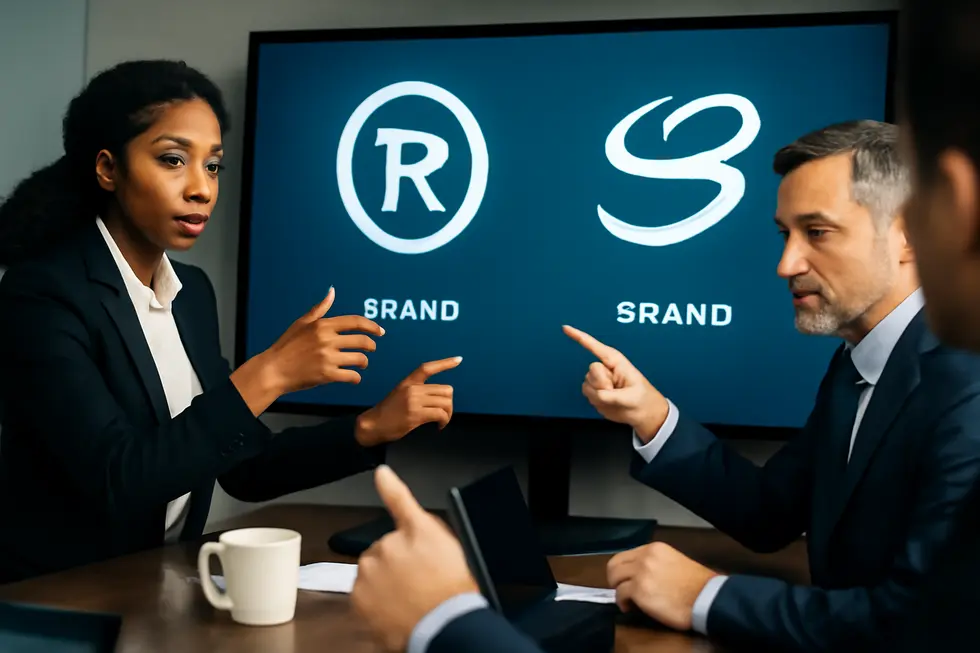
1. Unlocking Trademark Eligibility: How Distinctiveness Defines Protection for Your Phrase or Slogan
Distinctiveness plays a crucial role in securing trademark protection for a phrase or slogan. For a trademark to be legally enforceable, the phrase must clearly distinguish the source of goods or services in the marketplace. This requirement prevents consumer confusion and preserves a brand’s unique identity. Distinctiveness can be inherent—where the phrase is naturally recognizable as a brand identifier—or acquired over time through consistent use and public recognition.
Trademark law categorizes distinctiveness into several levels. Phrases that are fanciful, arbitrary, or suggestive are inherently distinctive and generally qualify for protection without extra proof. Fanciful marks are coined terms with no dictionary meaning, such as a completely invented word. Arbitrary marks use common words unrelated to the product category, like a fruit name for technology products. Suggestive marks hint at certain qualities or features without directly describing them, requiring a leap of imagination from the consumer.
Conversely, descriptive phrases straightforwardly depict a characteristic or quality of the product or service and do not immediately qualify for trademark protection. These slogans must prove secondary meaning, where the public associates the phrase uniquely with a specific source due to its prolonged commercial use. Generic terms, which are common names for products or services, are never protectable as trademarks.
Proving acquired distinctiveness involves submitting evidence such as marketing materials, sales data, and examples demonstrating actual use of the phrase in commerce. This confirms that consumers recognize the slogan as an indicator of origin rather than just a descriptive term.
Obtaining trademark protection is vital because it grants exclusive rights to use the phrase within your market, deterring competitors from using confusingly similar expressions and solidifying your brand’s representation. For a thorough understanding of how to establish distinctiveness and apply for trademark registration, consult reliable resources like Aaron Hall’s trademark filing evidence rules.
2. How Trademark Protection Maximizes Legal Rights and Business Value for Your Phrase or Slogan
Trademark protection grants exclusive legal rights to the owner for using a phrase or slogan in connection with specific goods or services. Unlike copyright, trademarks provide a robust framework to prevent unauthorized use, empowering businesses to enforce their rights effectively. Registered trademarks offer legal presumptions of validity and ownership, simplifying litigation and increasing success rates in infringement cases. This enforceability deters competitors from copying or misusing the slogan, reducing legal exposure and preserving the distinctiveness of the brand.
Beyond legal exclusivity, trademark protection significantly enhances brand recognition. A trademarked phrase or slogan serves as a consistent identifier, fostering customer trust by signaling the source and quality of products or services. This clarity minimizes consumer confusion, which can translate into increased loyalty and the ability to command premium pricing. Such distinctiveness is a valuable asset, elevating a business’s market position and improving overall competitive advantage.
From a business perspective, registered trademarks increase intangible asset value, making companies more attractive to investors, partners, and potential buyers. They support strategic business goals by differentiating offerings and can even aid in tax optimization and expanding internationally. The ability to assert these rights confidently also strengthens negotiating power in disputes or licensing agreements, turning your slogan into a legally recognized and financially valuable brand tool.
Because trademark registration is the correct legal mechanism to protect short phrases or slogans, pursuing this route solidifies both legal and commercial benefits. For businesses seeking comprehensive guidance, resources like the article on the benefits of brand protection provide further insights into how trademarks safeguard and amplify a company’s identity and worth. More details can be found at legally protected brand trademark.
3. Navigating Trademark Registration: Key Steps and Considerations for Protecting Your Phrase or Slogan
Securing a trademark for a phrase or slogan requires a careful, methodical approach to ensure legal protection and enforceability. The process begins with a thorough trademark search, which is essential to confirm that your phrase is unique and does not infringe upon existing registered trademarks. This search prevents costly delays and refusals by identifying potential conflicts early.
Following a successful search, the application is filed with the relevant trademark office, such as the United States Patent and Trademark Office (USPTO). This application must clearly describe the goods or services associated with the phrase, defining the scope of trademark protection. If the slogan is not yet in commercial use, an “Intent to Use” application allows the applicant to reserve rights while preparing to launch the mark commercially.
Once filed, the trademark office reviews the application to verify compliance with legal standards and absence of conflicts. This examination phase may take several months and can involve requests for additional information or clarification. If approved, the mark is published for opposition, offering third parties a limited window to contest registration if they believe their rights are affected.
Assuming no successful opposition, registration follows, granting the owner exclusive rights to the slogan within the specified category. The ® symbol can then be used to indicate federally registered trademark status, adding legal weight. Before this, TM or SM symbols assert trademark rights but without federal registration.
Beyond procedural steps, practical considerations play a crucial role. The slogan must be distinctive—generic or purely descriptive phrases are unlikely to succeed. Trademark rights are confined to the classes of goods or services listed, emphasizing the need for precise specification. Post-registration, active monitoring and enforcement are vital to maintain trademark strength and prevent dilution or infringement. Additionally, trademark registration enables commercial opportunities like licensing or transferring rights.
For more guidance on protecting your brand elements, consider exploring brand trademark business protection.
For official and detailed procedures, the USPTO provides comprehensive information on all phases of trademark registration Trademark registration procedures and timelines.
Chapter 3: Essential Steps to Secure Trademark Protection for Your Phrase or Slogan
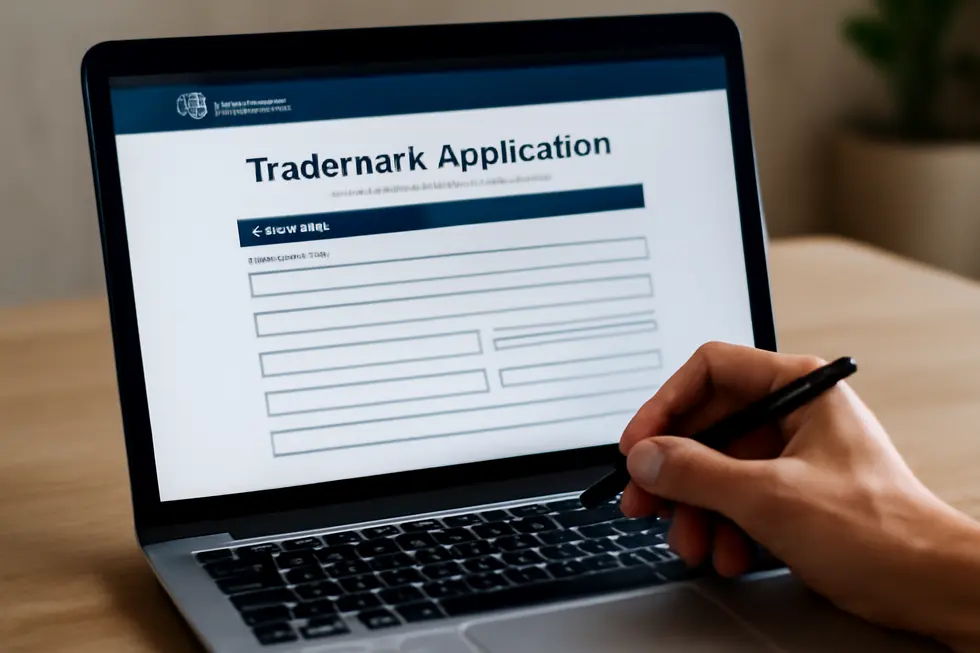
1. Conducting a Thorough Trademark Search and Crafting a Robust Application
Securing trademark protection for a phrase or slogan begins with a critical initial step: conducting a comprehensive trademark search. This search carefully examines existing trademarks, primarily within the United States Patent and Trademark Office (USPTO) database, but also extends to common law trademarks and international marks depending on your target market. The goal is to confirm that your phrase is unique and not confusingly similar to any registered or pending trademarks. Overlooking this step can lead to costly legal challenges and delays, so thoroughness here helps ensure a smooth registration process.
Once confidence in your phrase’s distinctiveness is established, preparation of the trademark application is the next vital phase. The application must clearly specify the exact phrase to be protected and the specific goods or services it will represent because this defines the scope of legal protection. If your slogan is already in commerce, submitting a specimen that shows how it is used—such as on packaging, advertising, or a website—is mandatory. Conversely, if the slogan has not yet entered the marketplace, filing under an “Intent to Use” basis allows you to secure a filing date while providing a later statement of actual use within six months after USPTO approval.
Trademark law treats slogans like word marks, focusing heavily on their distinctiveness as identifiers of brand source. Generic or merely descriptive phrases typically face rejection, whereas unique or coined slogans stand a stronger chance of approval. After submission, the USPTO undertakes an examination period that can last 10 to 16 months, scrutinizing the application for any conflicts and compliance with legal standards. Approval leads to publication in the Official Gazette, allowing third parties 30 days to oppose the registration.
If uncontested, the trademark is registered, granting exclusive rights to use the ® symbol. Prior to registration, applicants can signal their claim by using the TM symbol. This entire process—rooted in thorough searching and precise application filing—lays the foundation for legally protecting your phrase or slogan and securing exclusive commercial rights.
For comprehensive guidance on all aspects of brand identity protection, including trademark registration, see this detailed resource on legally protected brand trademarks.
More detailed procedural information can be found at the USPTO site: https://www.uspto.gov/trademarks/apply.
2. Navigating Examination, Publication, and Opposition: Key Phases in Slogan Trademark Registration
Registering a trademark for your phrase or slogan involves a multi-stage process critical to securing exclusive rights. Initially, you submit an application to the trademark office—such as the USPTO in the U.S.—which includes the phrase, related goods or services, and a specimen demonstrating use or an intent-to-use declaration. During the examination phase, a trademark examiner scrutinizes your submission to confirm the phrase’s distinctiveness and to identify potential conflicts with existing marks. This review can extend from 10 to 16 months, and you may need to clarify or amend your application if requested.
Once the examiner grants approval, the next vital step is publication. Your slogan is publicly listed in an official journal, like the USPTO’s Official Gazette, opening a 30-day opposition window. This period empowers third parties to object if they believe your trademark encroaches on their rights or causes consumer confusion. Should no opposition arise, or if one is resolved in your favor, your trademark advances to registration.
In the event of opposition, a formal legal proceeding ensues where both parties present evidence and arguments. Success here is decisive; a favorable ruling moves your trademark to registration, whereas rejection or required modifications may follow. When officially registered, you gain the right to use the ® symbol with your phrase or slogan, enhancing brand protection and signaling legal exclusivity. Prior to this, you may denote trademark claims with TM or SM symbols.
Critical to successful registration is ensuring your phrase is distinctive—not merely descriptive or generic—to differentiate your brand effectively. Registration typically grants ten years of protection, renewable indefinitely, reinforcing your slogan’s unique identity in the marketplace. For more guidance, consulting a trademark attorney or trusted legal resources can help navigate complexities and bolster your application’s success.
For a detailed overview of the trademark process stages, see this comprehensive guide on trademark application review, publication, and registration. To understand how trademarks protect business brands beyond copyright limitations, explore insights on legally protected brand trademarks.
3. From Application to Enforcement: Completing Trademark Registration and Securing Your Slogan’s Legal Protection
Registering a trademark for a phrase or slogan involves a detailed process that must be carefully followed to secure strong legal protections. It begins by preparing and electronically filing an application with the United States Patent and Trademark Office (USPTO). This filing requires providing your personal and business information, describing the goods or services the slogan represents, selecting correct classification, and indicating whether you currently use the slogan or intend to do so. Accurate and thorough submission is crucial because it forms the legal foundation for protection.
Once filed, the USPTO examines your application, a process typically taking 10 to 16 months. During this examination, the office checks for conflicts with existing trademarks and may request clarifications or modifications. Staying attentive to USPTO communications and responding promptly helps avoid delays or denial. If your slogan meets the distinctiveness criteria and raises no objections, it is published in the Official Gazette for 30 days, allowing others to oppose its registration if they believe it infringes on their rights.
Provided no opposition halts the process, the USPTO issues a registration certificate granting you exclusive rights to use the ® symbol proudly. You gain nationwide legal protections, empowering you to stop unauthorized use that could confuse customers or dilute your brand. While your application is pending, you may use the ™ symbol to signal your claim but cannot use ® until registration is complete.
Maintaining your trademark is an ongoing commitment. You must actively enforce your rights and perform required renewals to ensure continuous protection. Simply owning a business name or copyrighting related content does not substitute for trademark registration. A distinctive, registered slogan safeguards your brand identity and adds significant value by preventing imitation.
For further understanding of how a trademark can legally protect your business identity, explore how trademarks prevent others from misusing your brand.
More detailed procedural guidance and legal support are also available through official USPTO resources.
Final thoughts
Navigating the legal landscape for protecting your business’s key identifiers can be complex, but clarity is essential. Phrases and slogans are not eligible for copyright protection due to their brevity and lack of original authorship required under copyright law. Instead, trademarks provide the proper legal framework to safeguard these powerful branding elements. By understanding this important difference and moving forward with trademark registration, business owners can secure exclusive rights, prevent confusion in the marketplace, and build lasting brand value. Prioritizing trademark protection is a strategic move that ensures your slogan truly belongs to your business.
Get your trademark today! Thousands have protected their brand by filing a trademark. What are you waiting for? Start your trademark application!
About us
The globe’s top website for registering trademarks and safeguarding your brand, name, logo, or slogan. We guide business owners through every step of trademark registration, ensuring your brand identity is legally protected and exclusive to you. Our seamless platform connects you with trusted resources and expert support to defend what makes your business unique.
